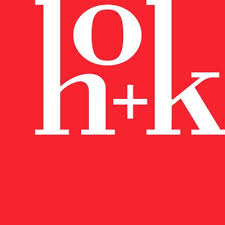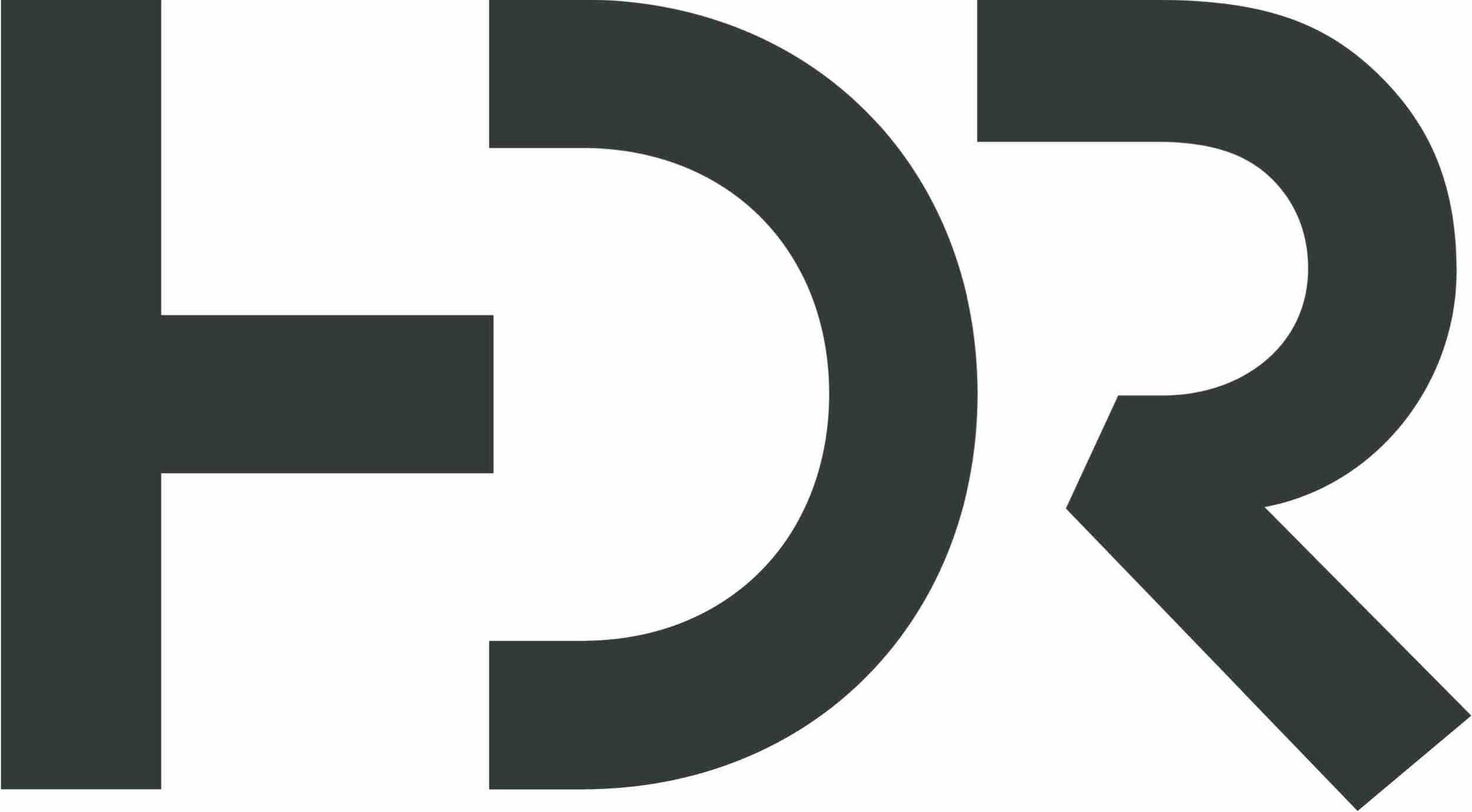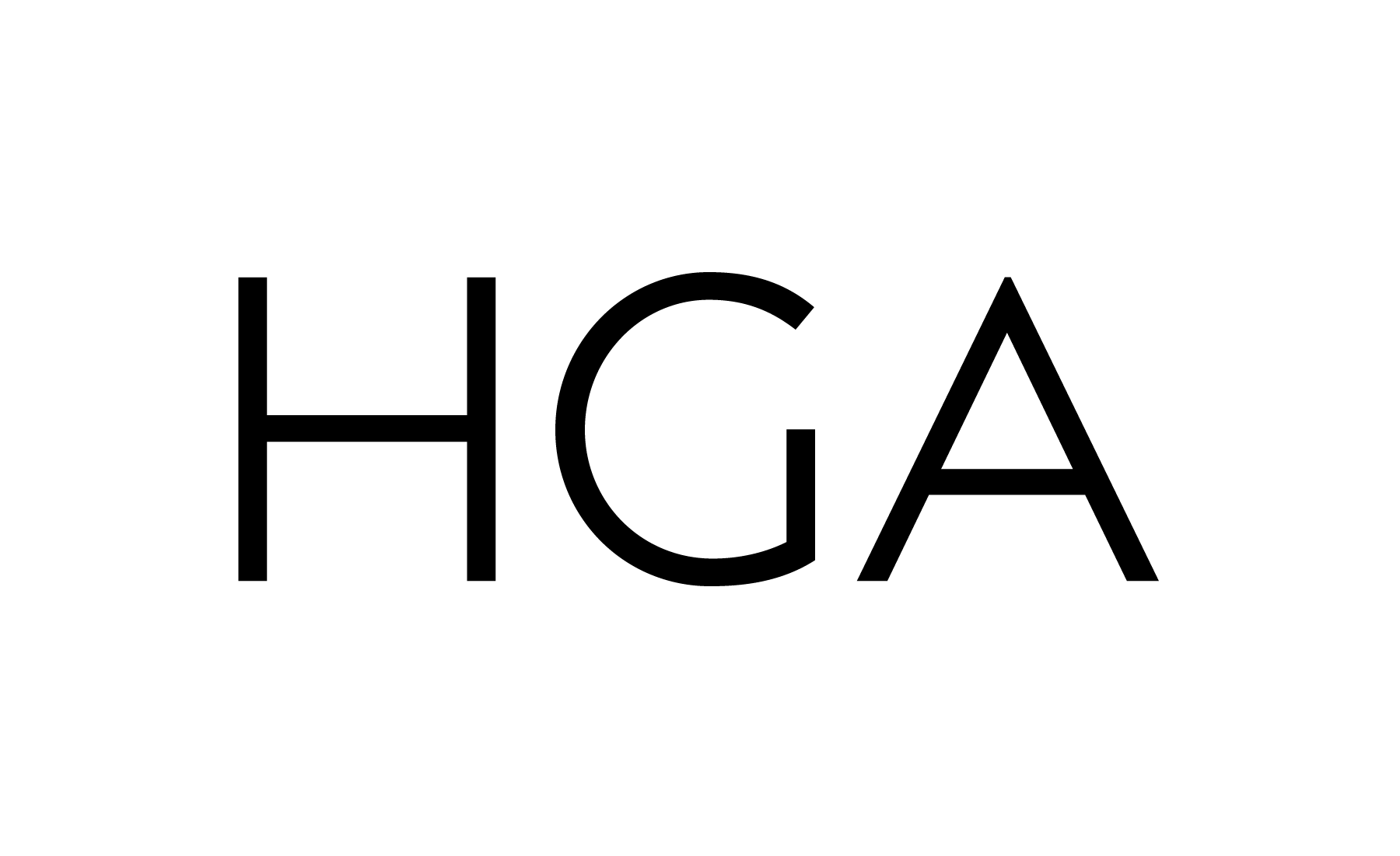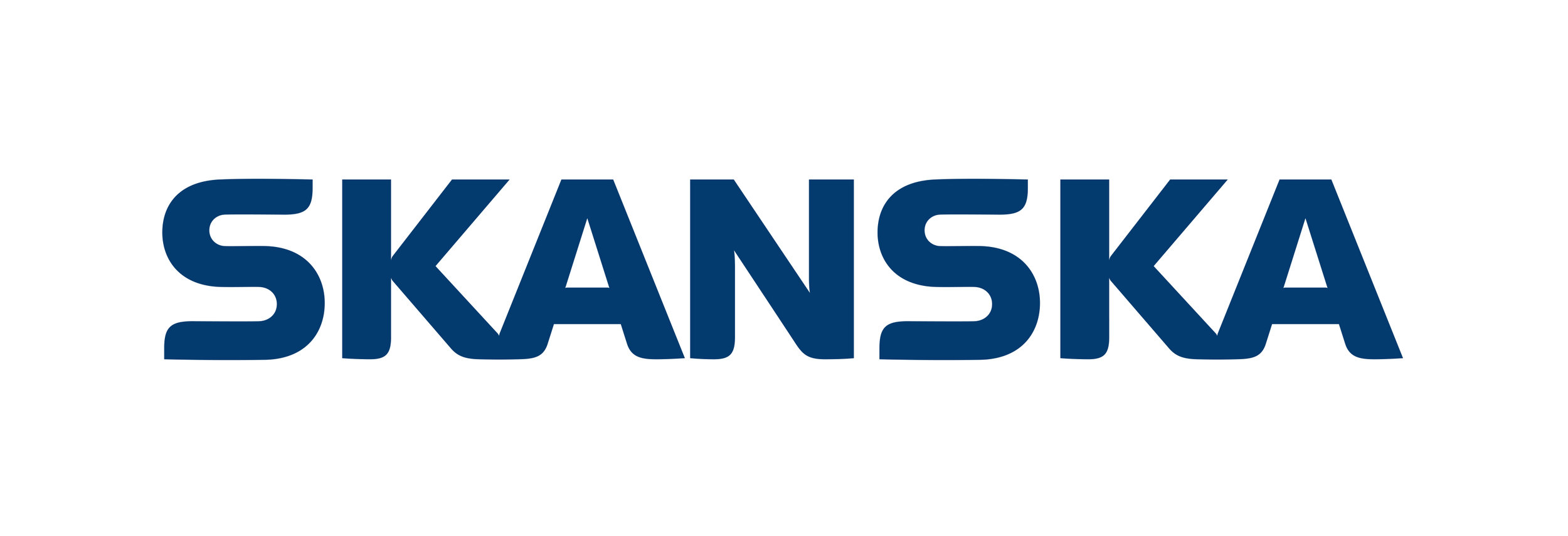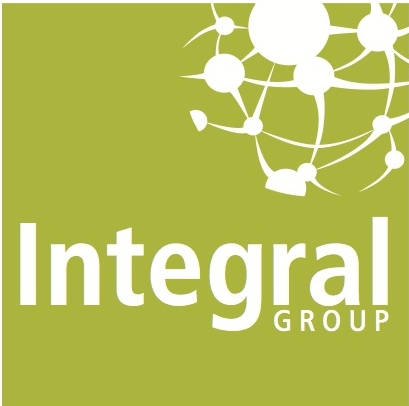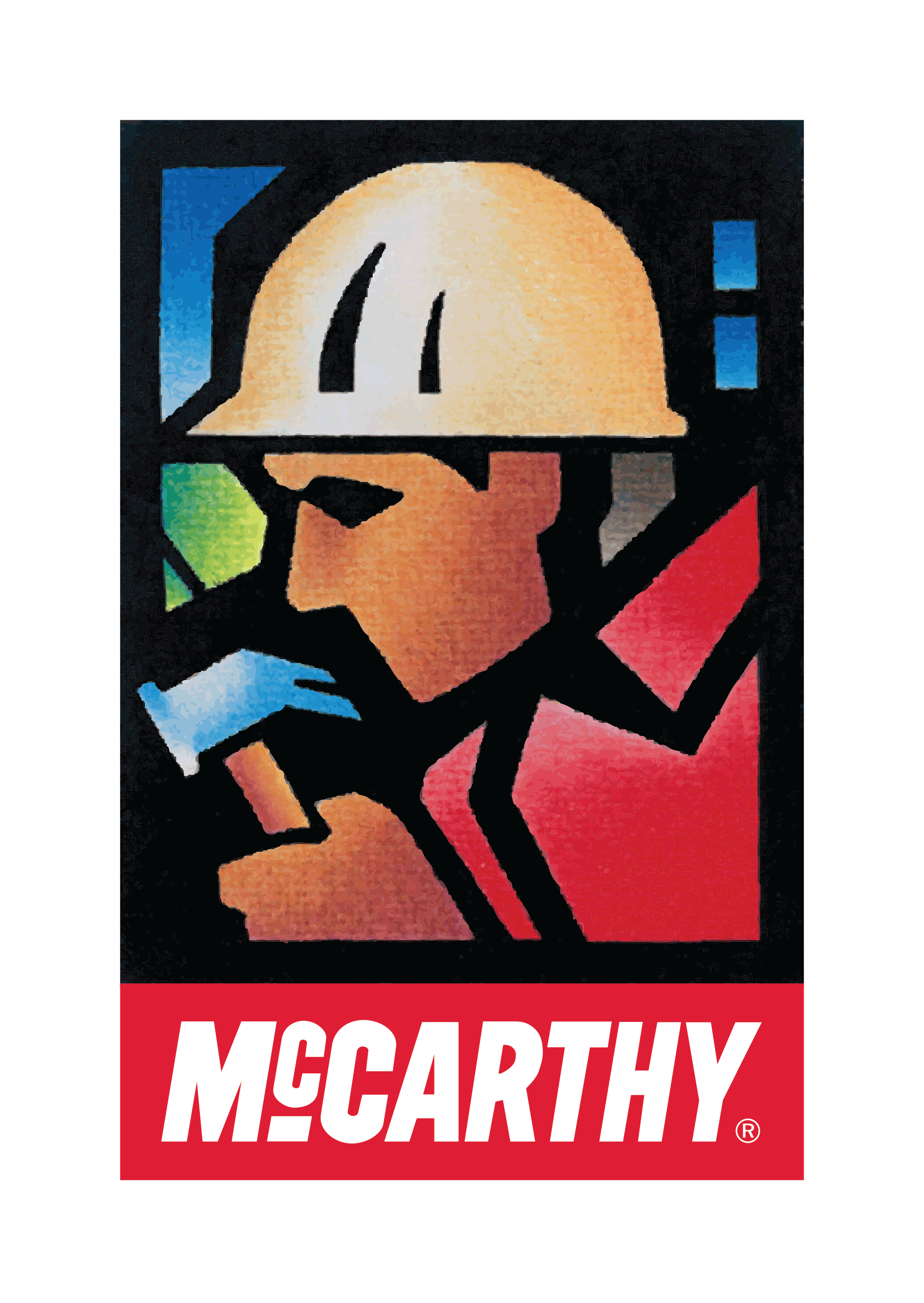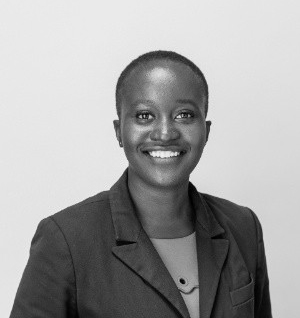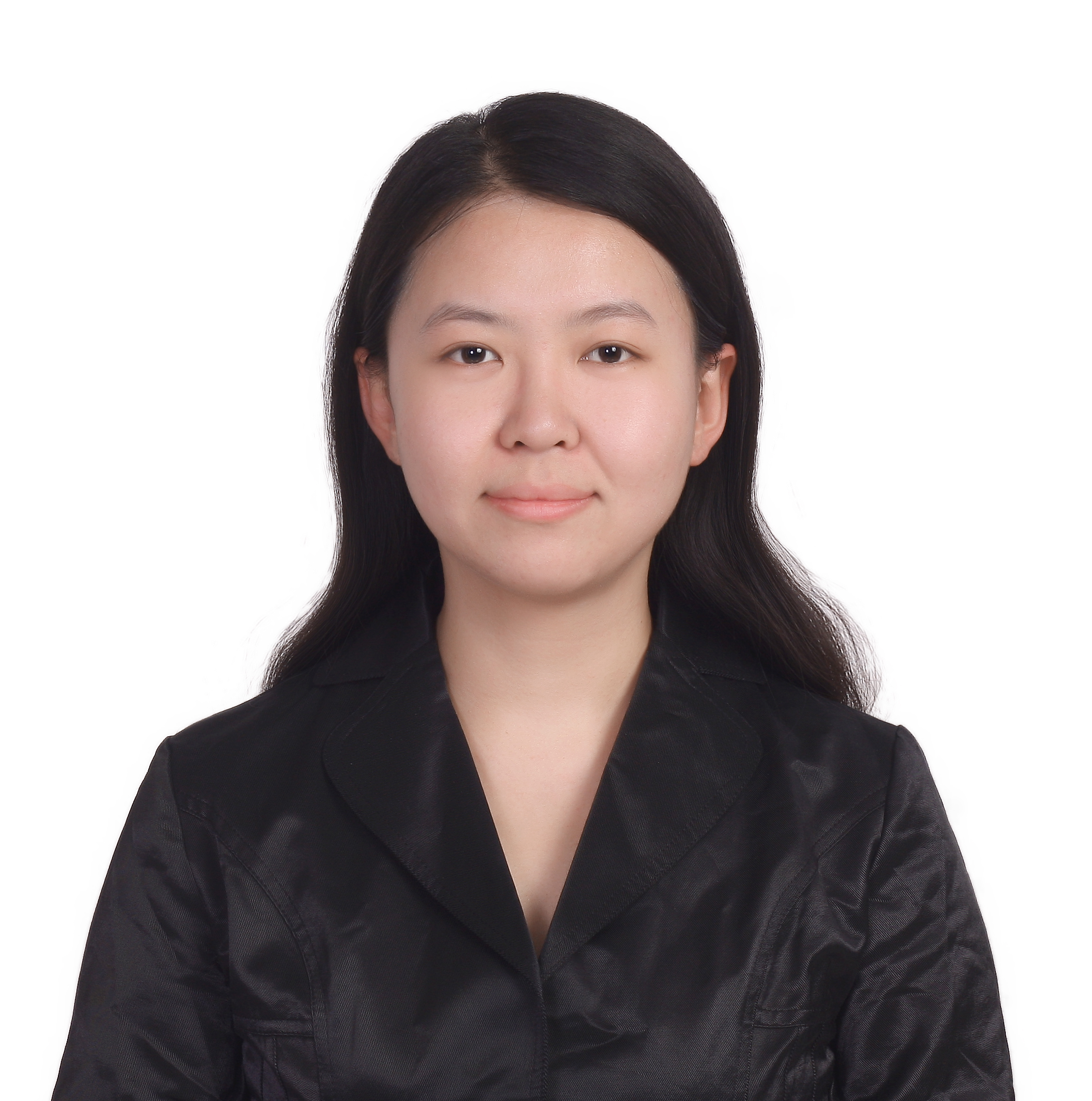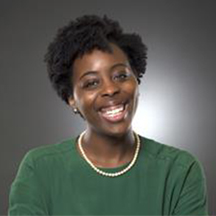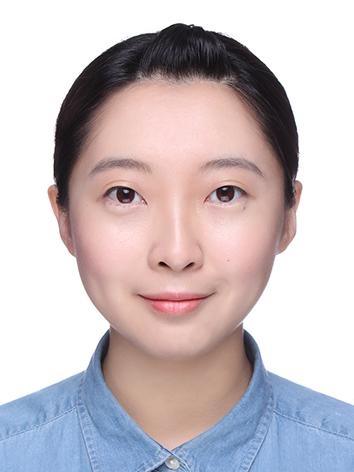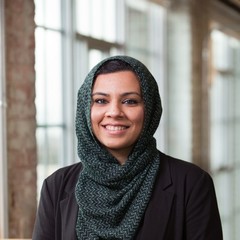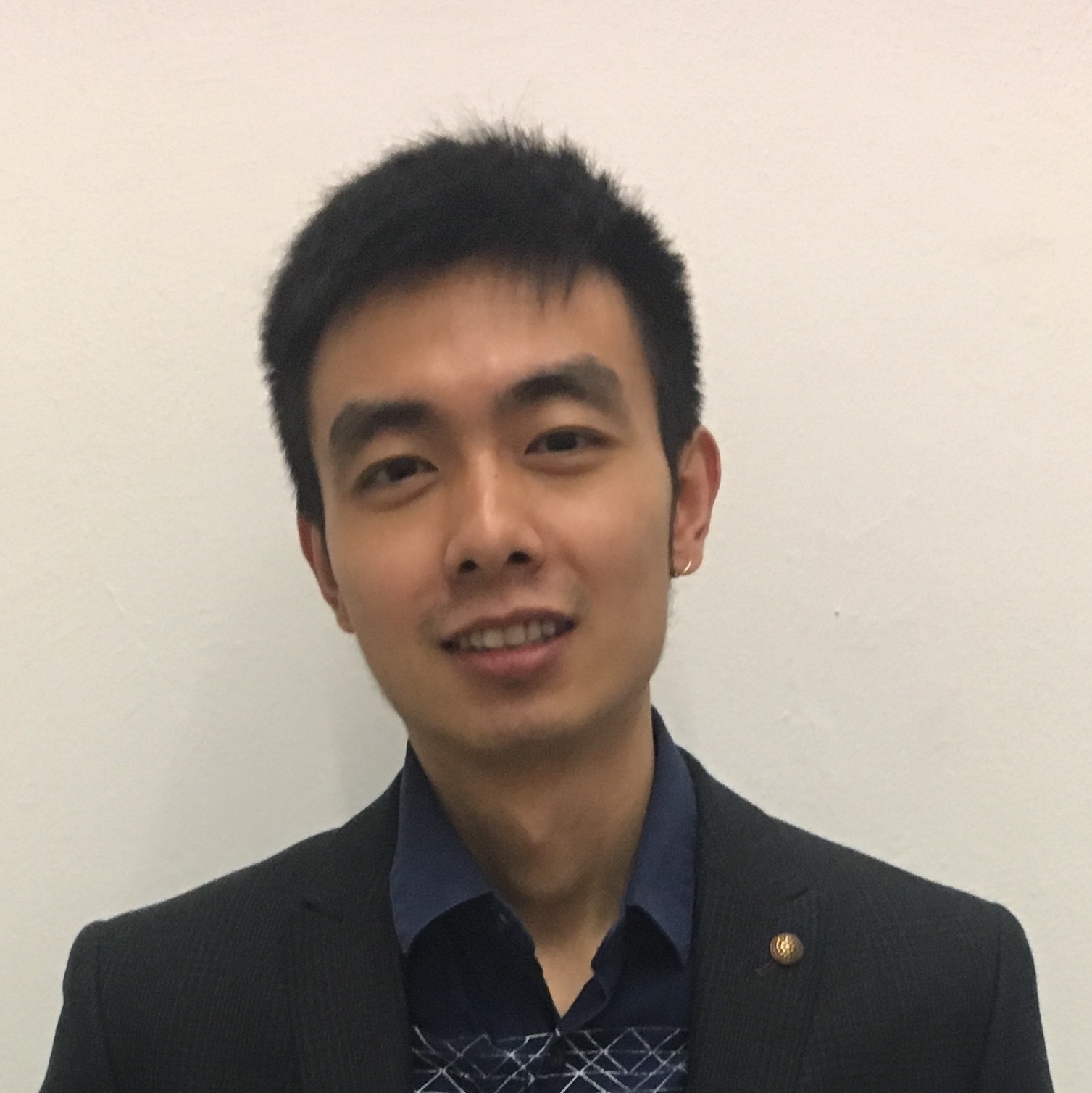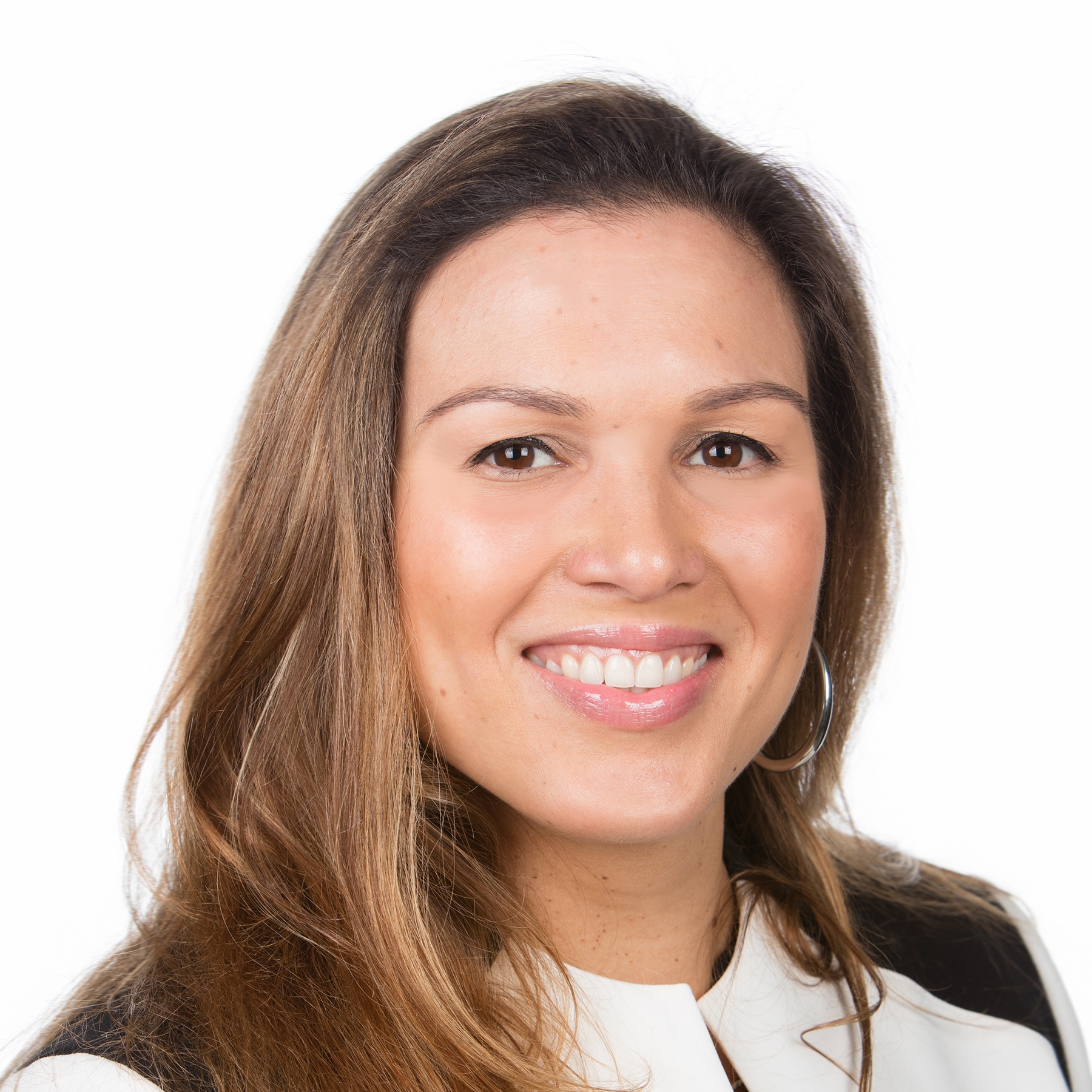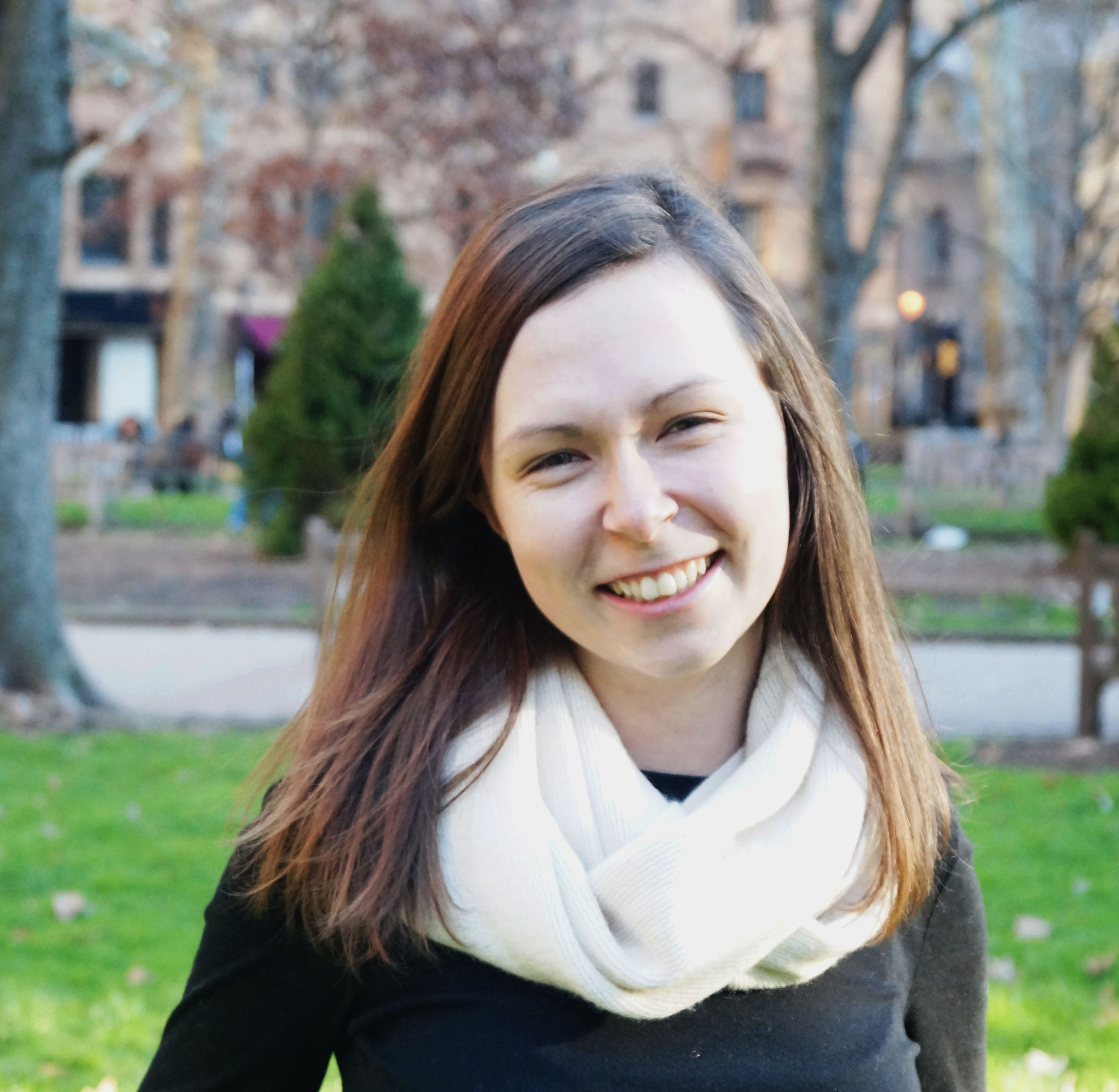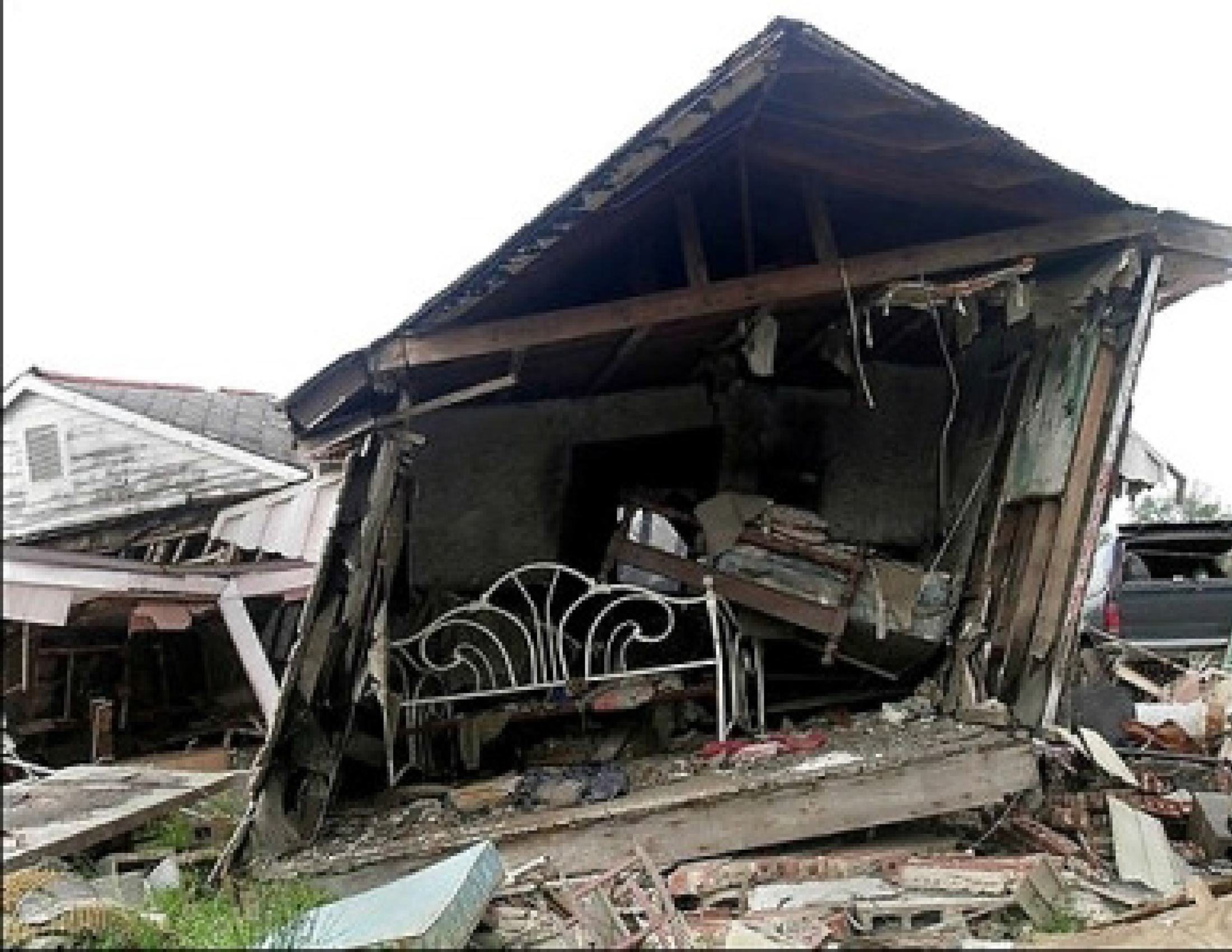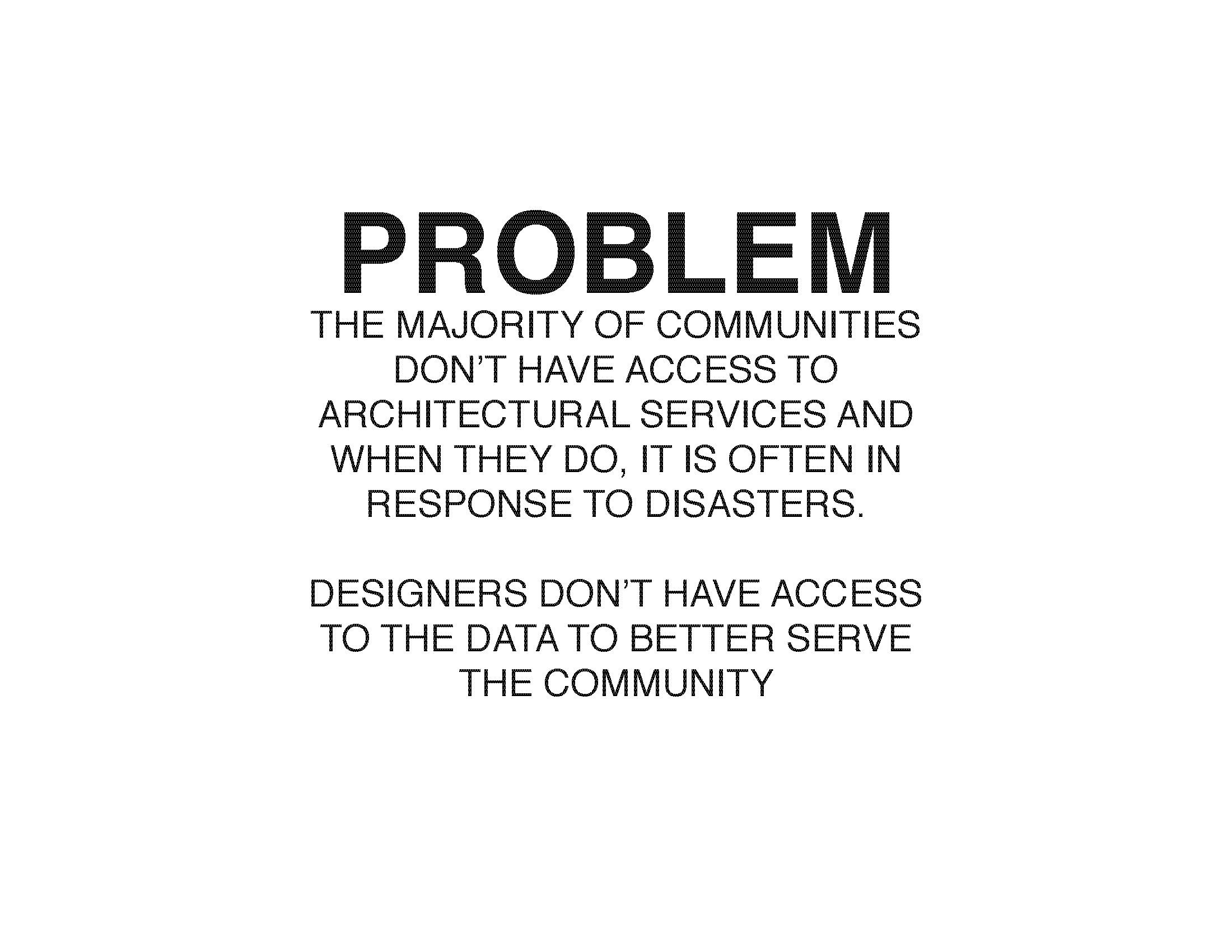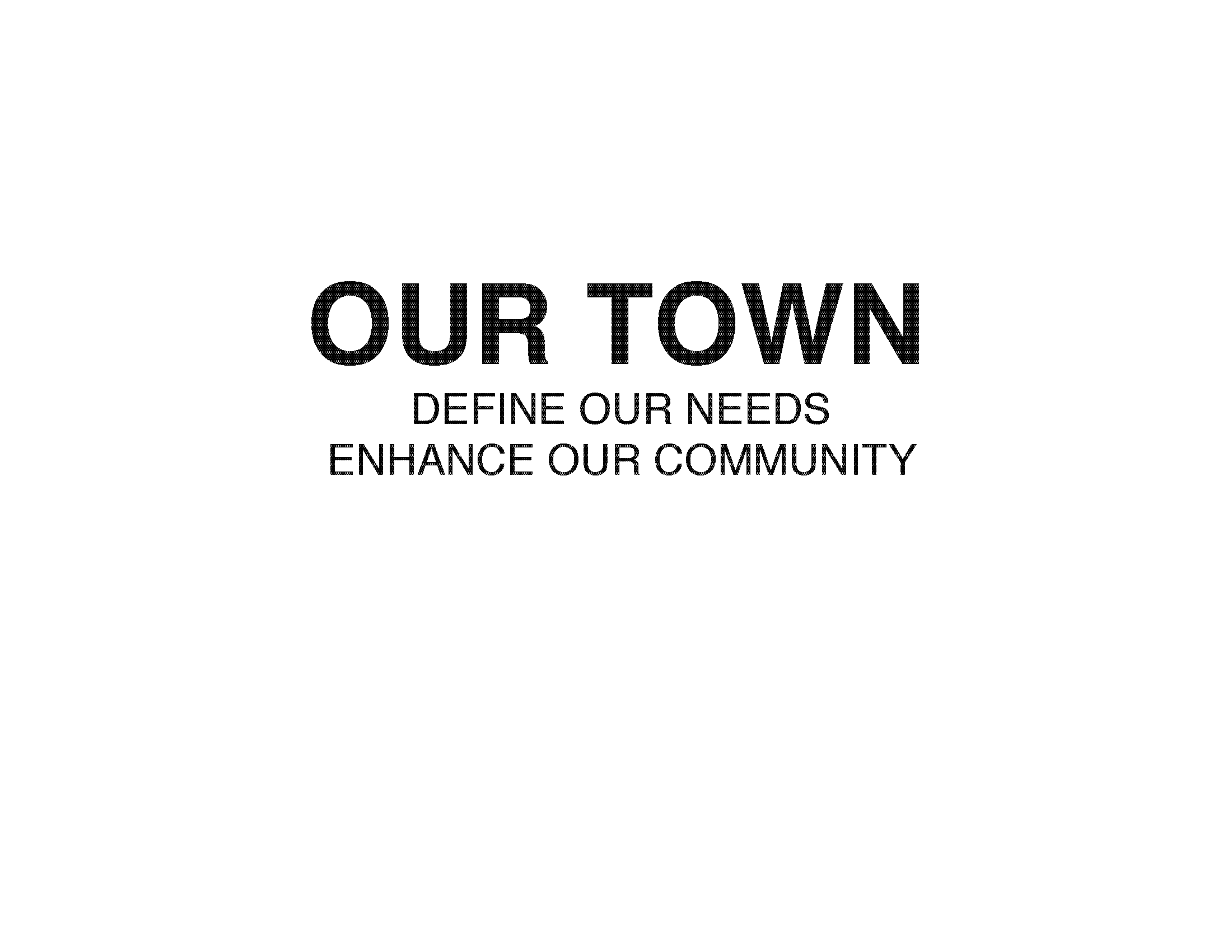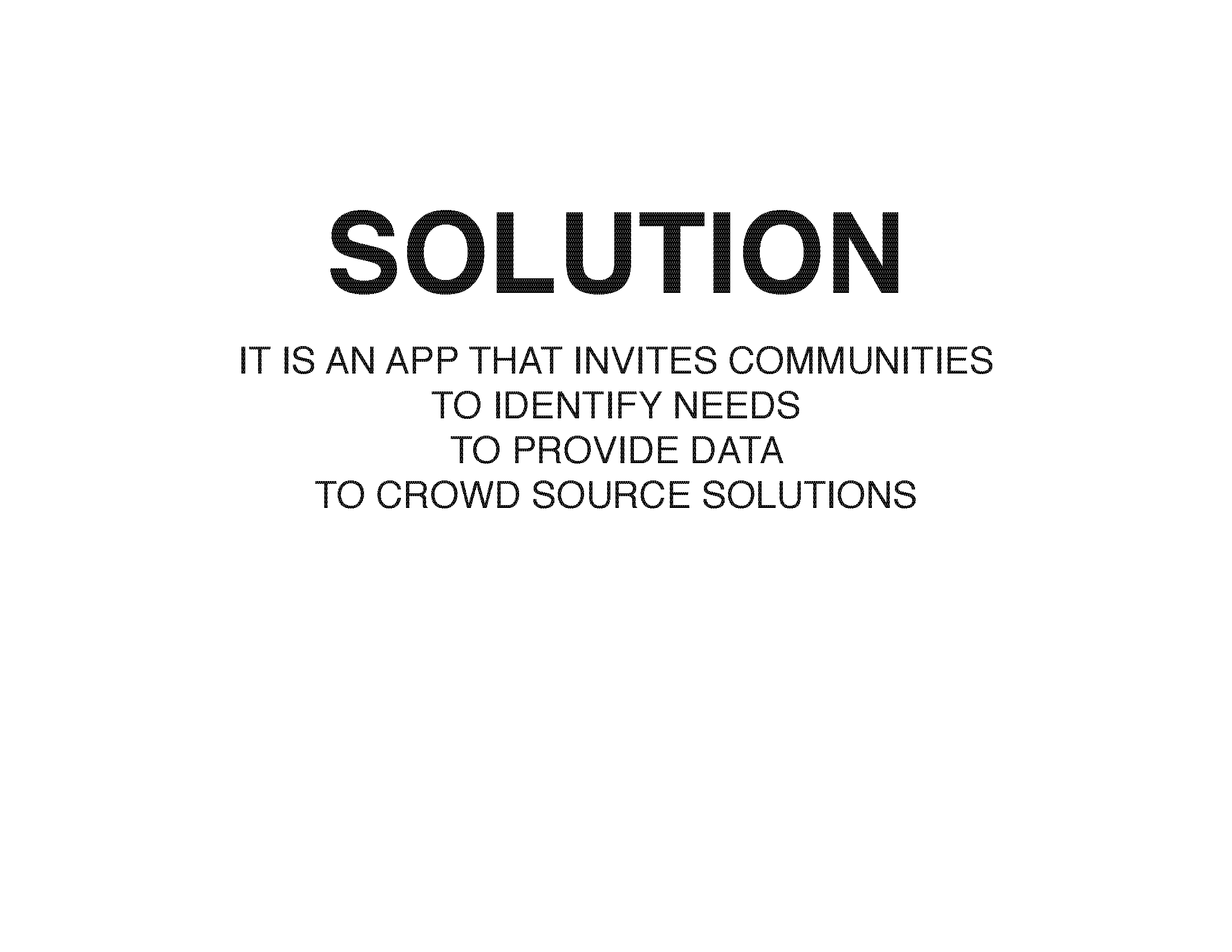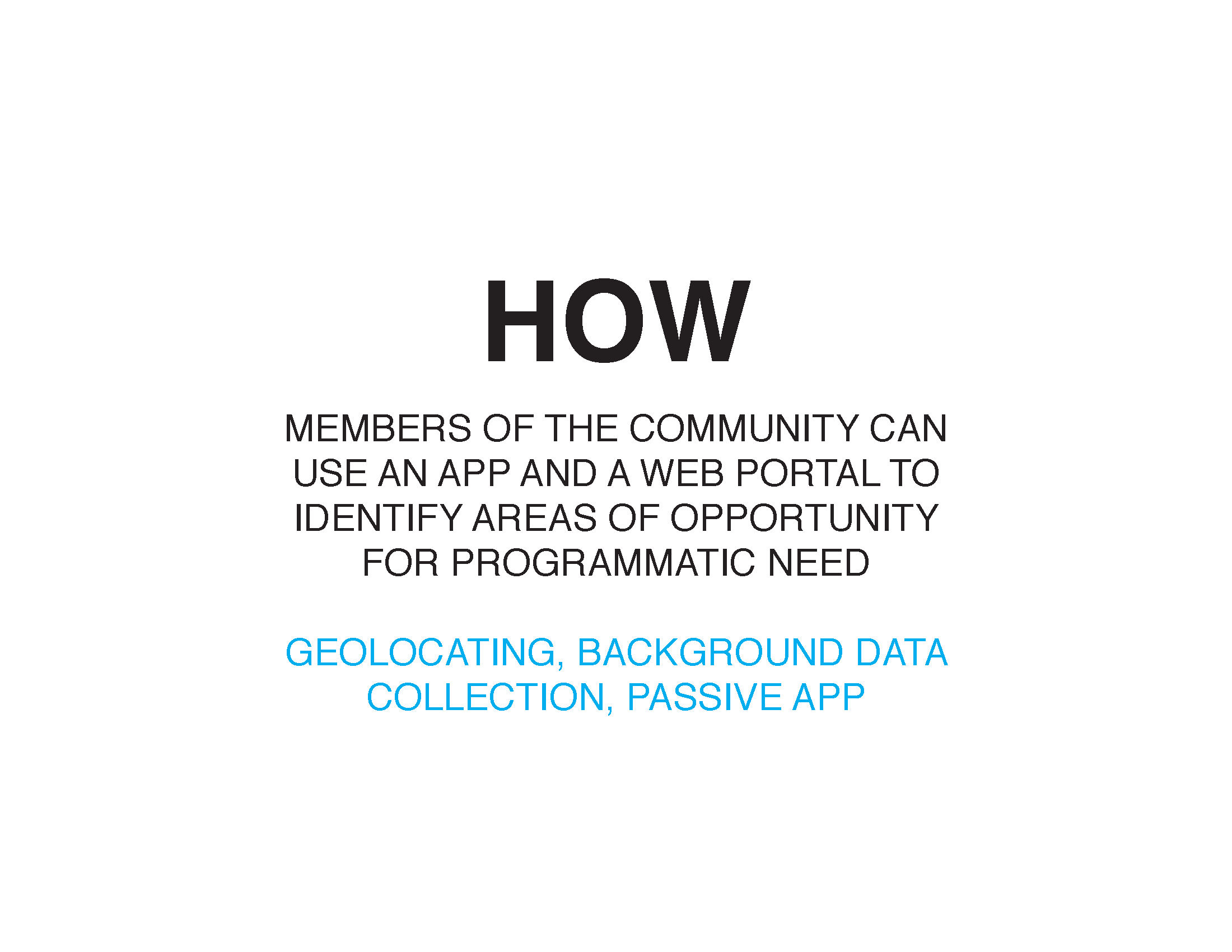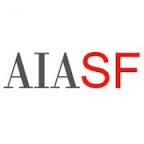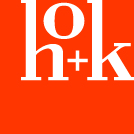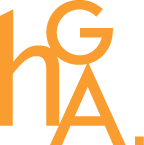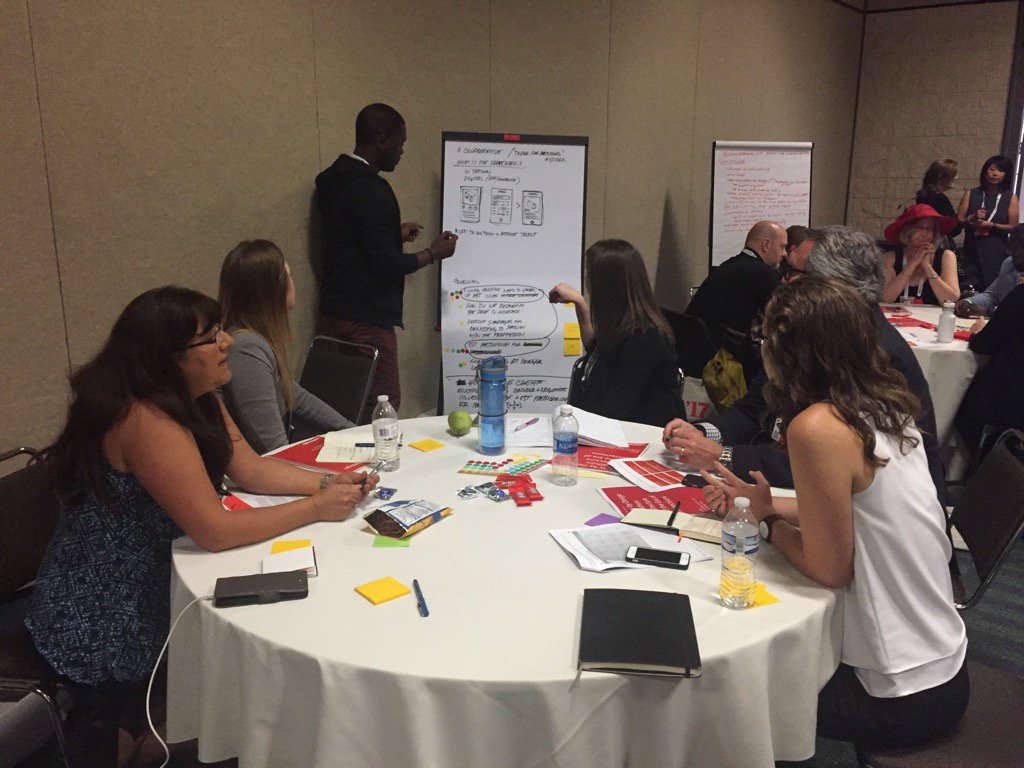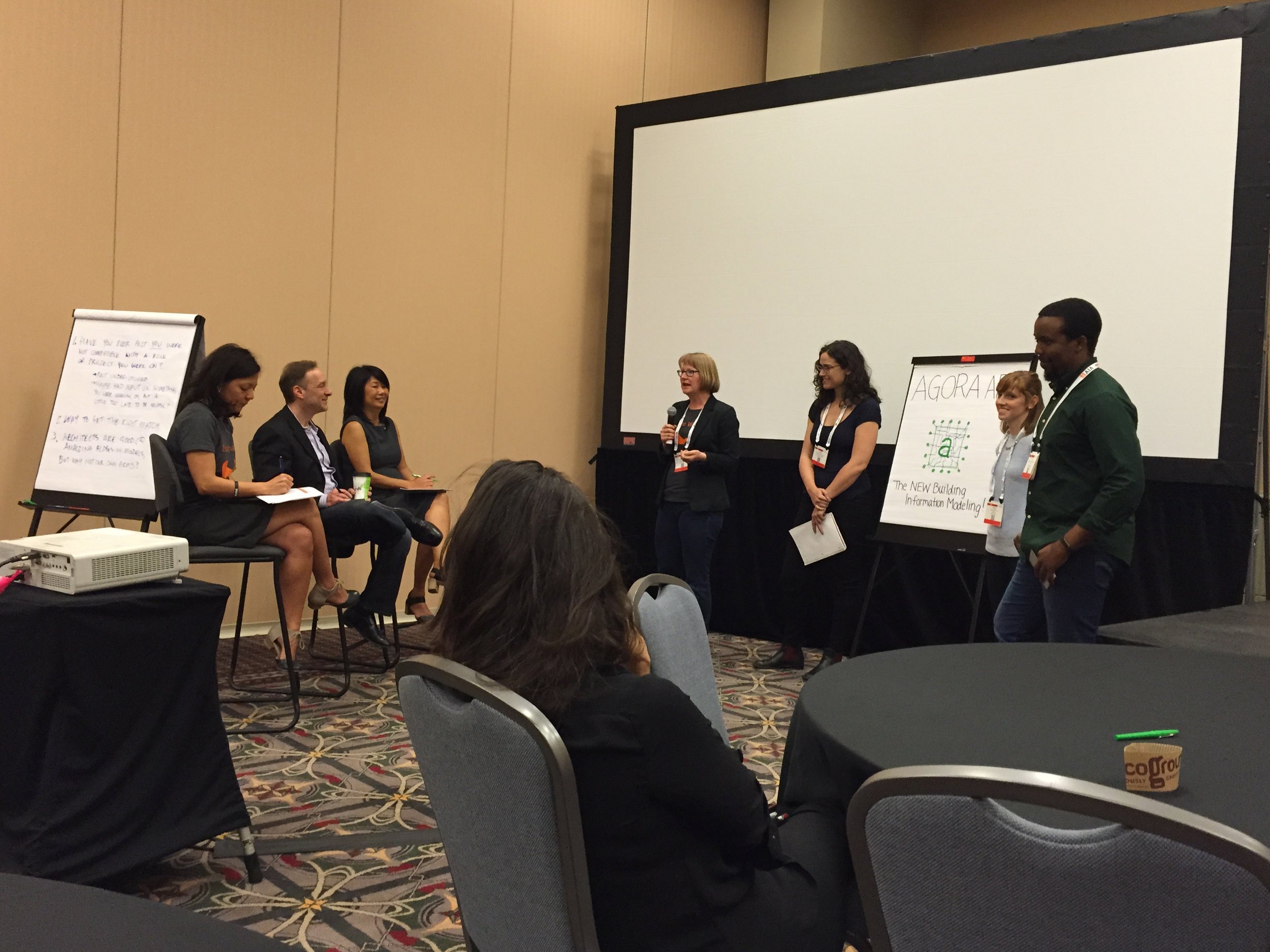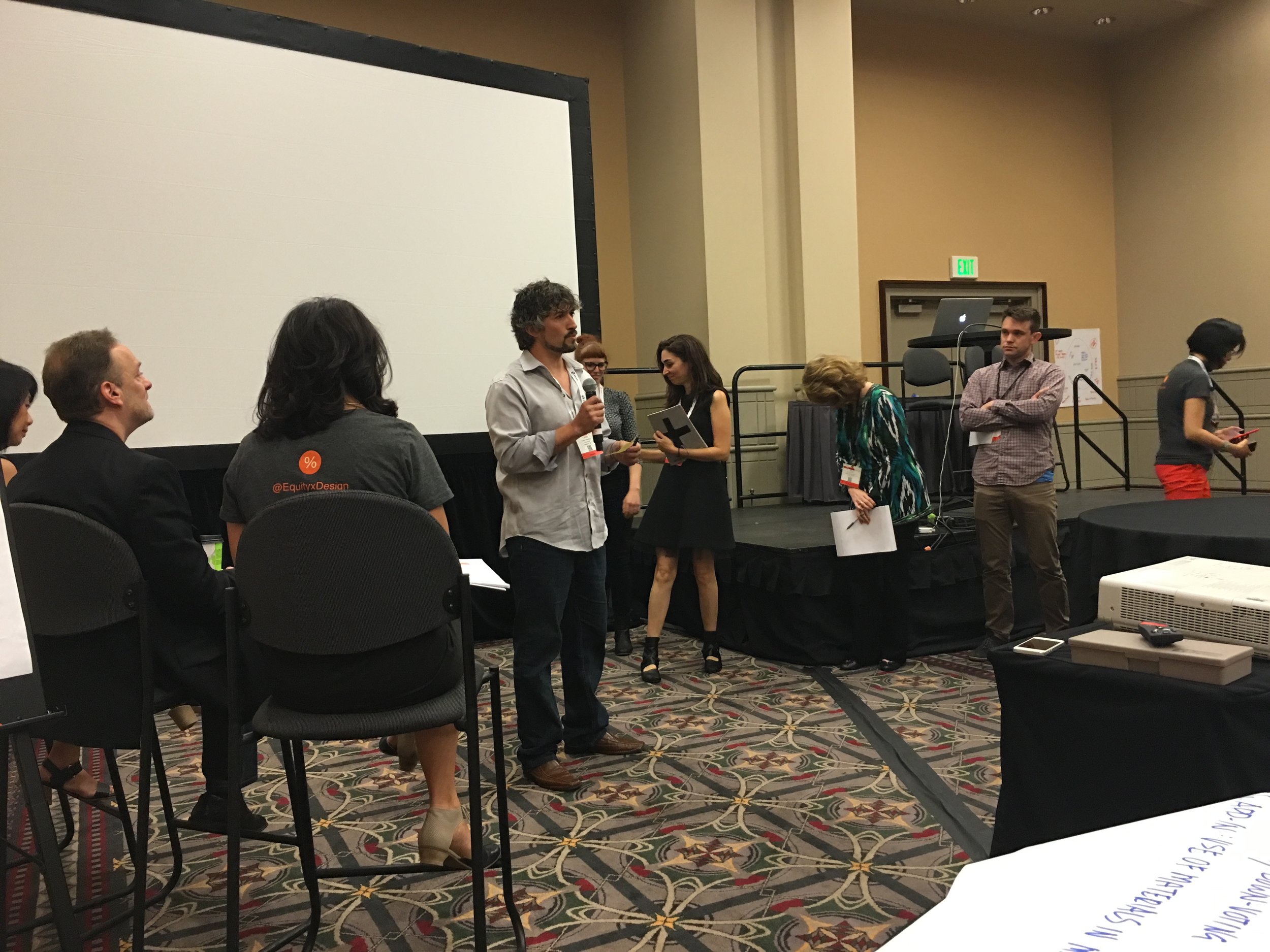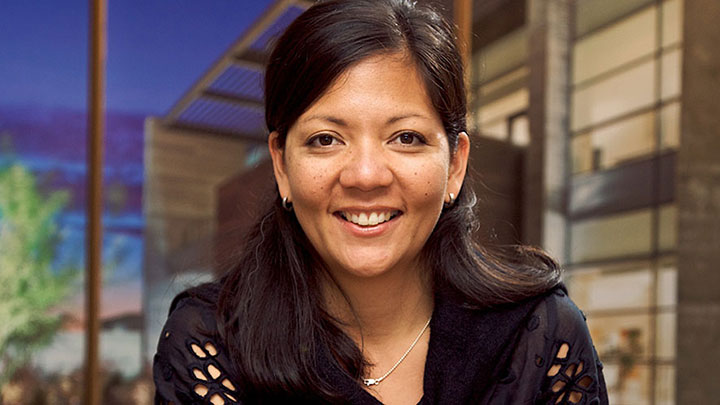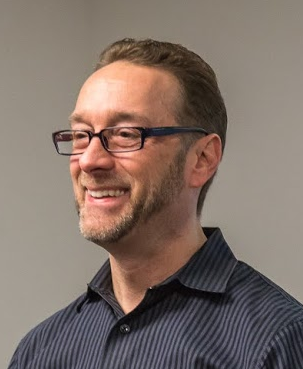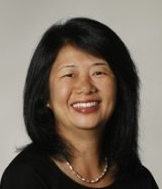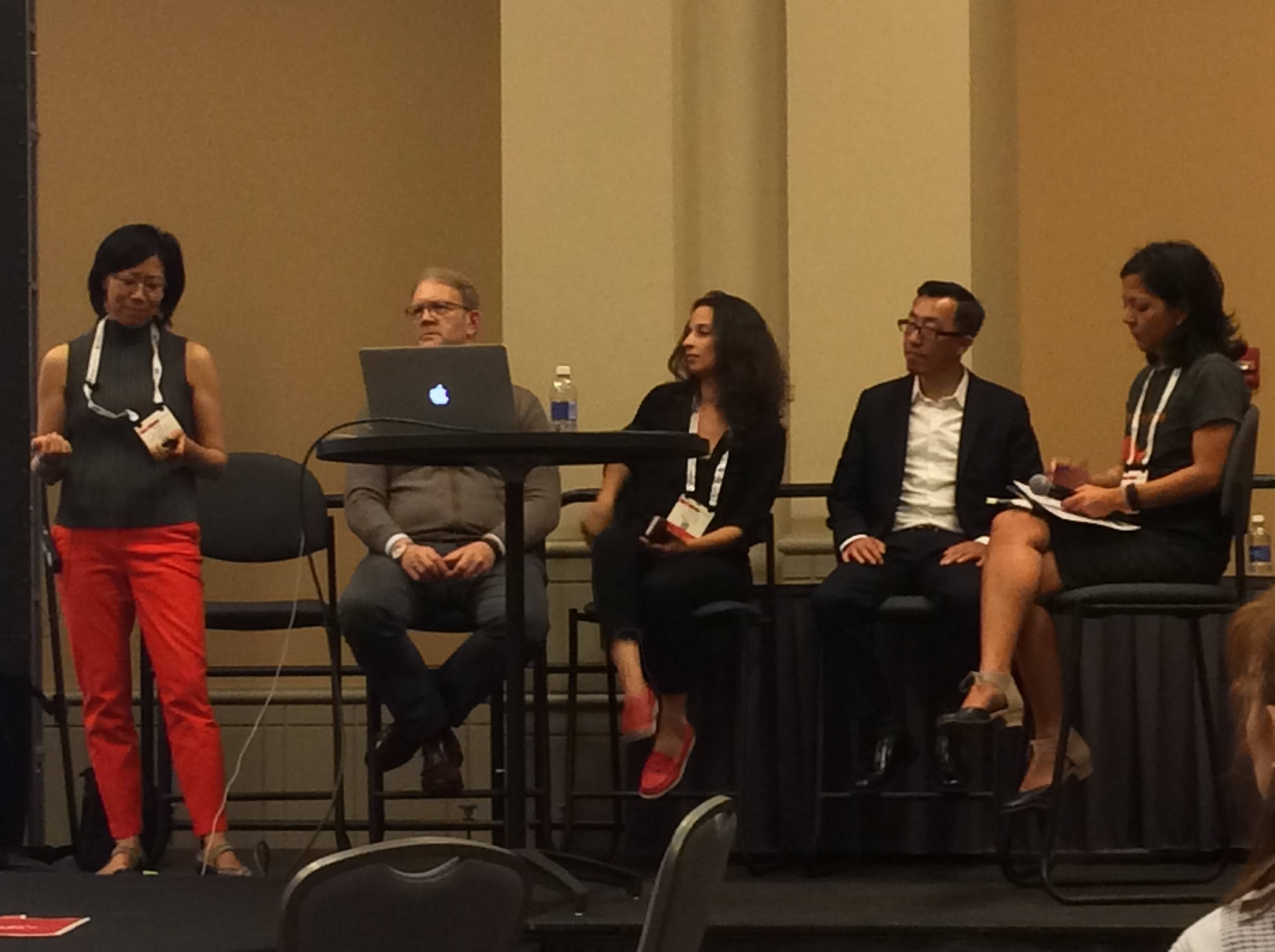Recap of the invigorating 4th EQxD Hackathon and the winning team’s submission which was hosted by Syracuse University’s Fisher Center - by Lilian Asperin, AIA and Rosa T. Sheng, FAIA
This year on June 20th, the 4th Equity by Design Hackathon: ArchitectuREvolution took place before the AIA National Conference on Architecture in New York City. The hackathon theme was inspired by the U.N. Initiative - the New Urban Agenda serves as a multi-faceted platform for Architects to apply our best skills towards imagining and committing to a world that is truly inclusive, where equity is for everyone. The EQxD Hackathon embodies the defining characters of the Agenda - to reinvigorate, to ensure effectiveness, and to create resiliency. Urban development, while different in scale as Practice development, engenders similar goals of wellness for present generations, openness to embrace diversity and evolving demographics, and a pledge towards sustainability for the future by taking bold steps, together, and today.










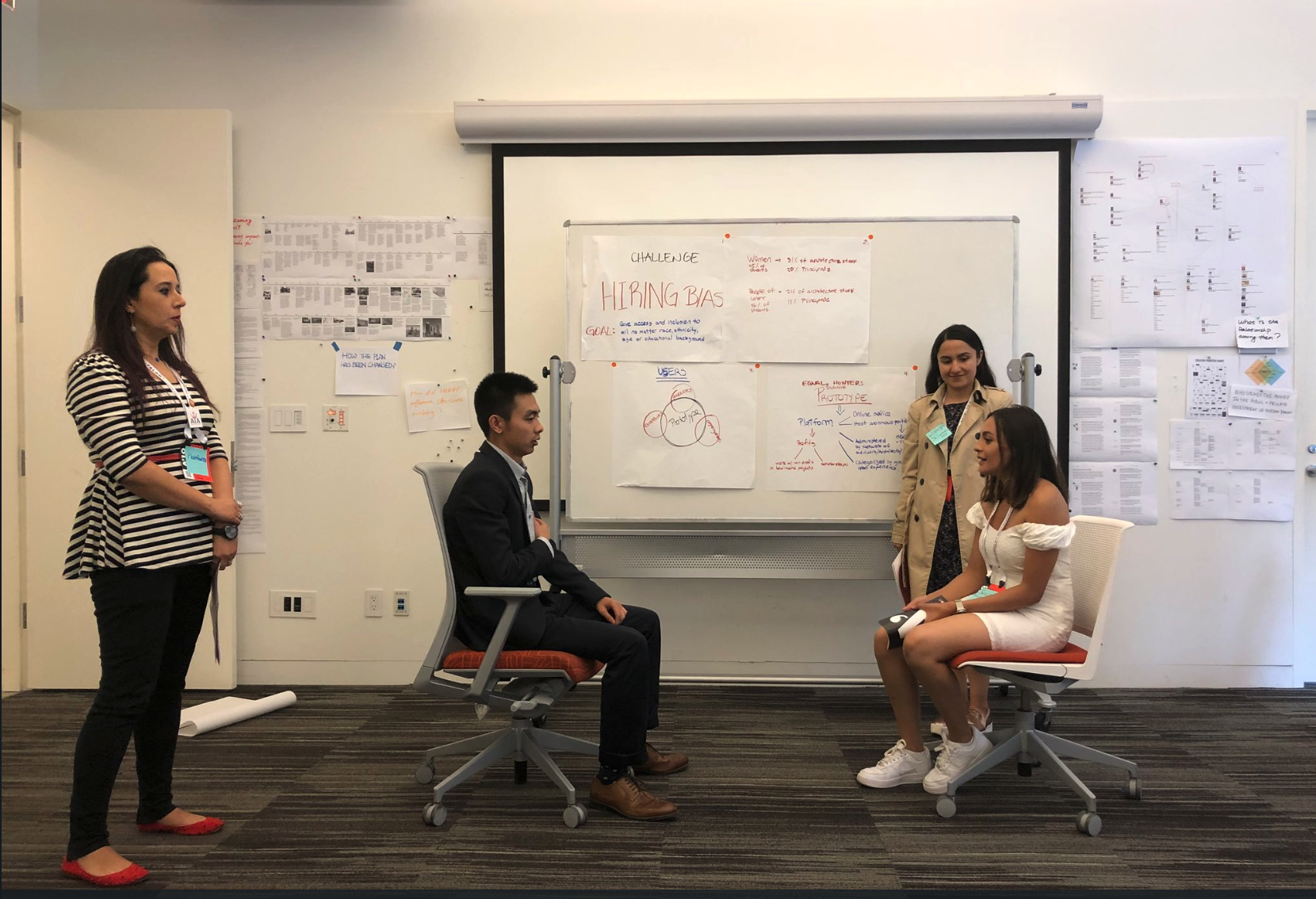
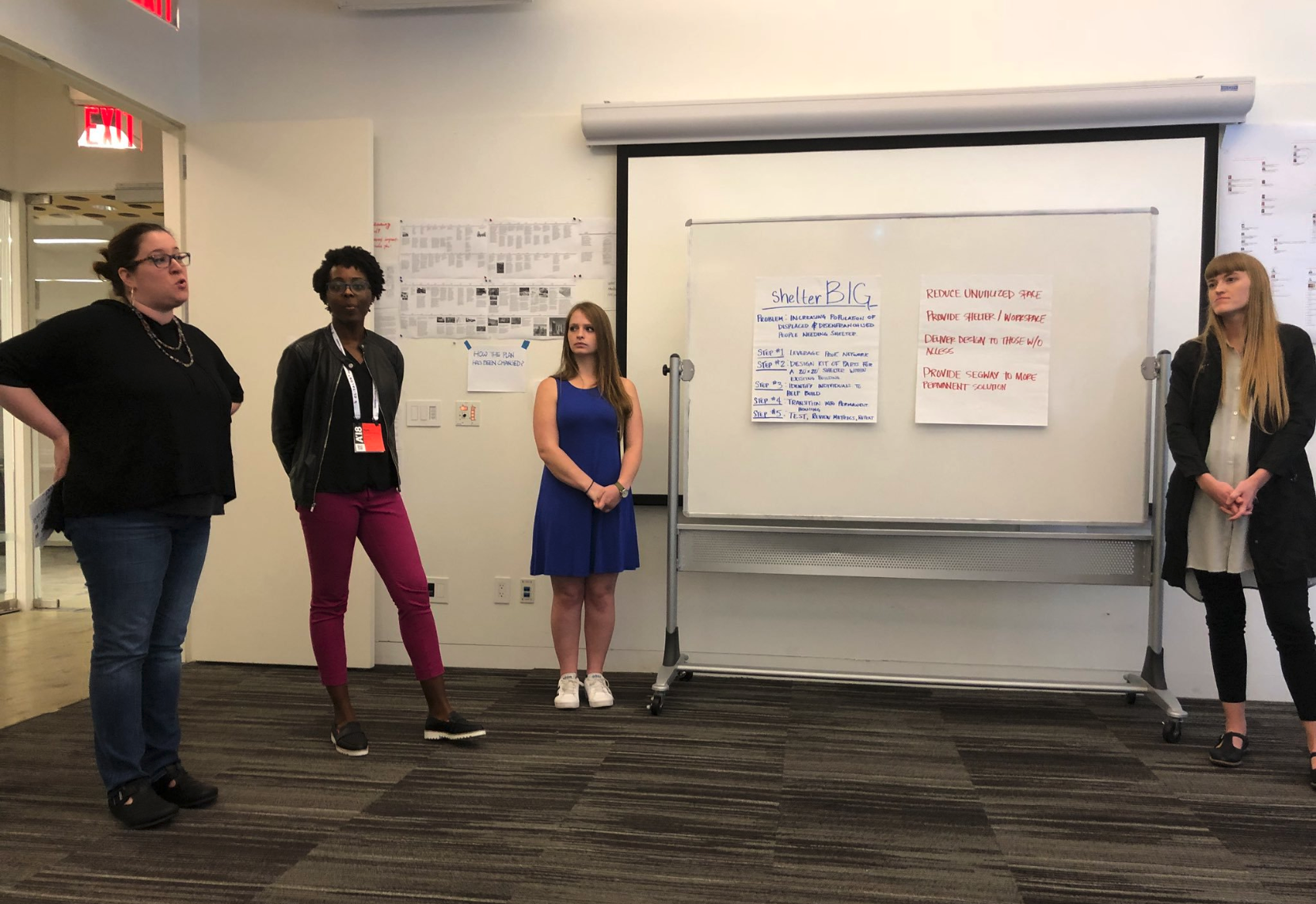


As one of the most anticipated workshops at the annual AIA Conference, the EQxD Hackathon continues the goal to create a unique learning experience that is essential to building our skills as designers and architects. Designed as an immersive experience, the workshop is hands-on, action-oriented, inclusive and teaches the process framework for hacking. Groups of thought leaders, licensed architects, and emerging professionals gathered in an incubator-like setting at the Fisher Center to learn and apply radical thinking towards transformational concepts.
The goal - improving Justice, Equity, Diversity and Inclusion in Architectural Practice and the Communities we serve. Teams presented their “Hacks” to industry experts and a winning concept was selected to be featured in our blog for further discussion and development. These photos communicate some of the amazing energy, creativity and high level engagement from the day that participants can share with their colleagues.
And the winner is….
Compensation Facts
clear, comprehensive and customized for you
Equity is for everyone. Everyone is different. And, everyone’s compensation goals vary over the course of a career.
The winning concept “Compensation Facts” was developed by participants Christina Booher; Michael Ford, Assoc. AIA; Marissa Kasdan, Assoc. AIA; Marisa Nemcik, AIA; Yiselle Santos Rivera, Assoc. AIA; D. Brooke Robinson, AIA; and Laura Wheaton, AIA.
Compensation Facts Team: Christina Booher; Marissa Kasdan, Assoc. AIA; D. Brooke Robinson, AIA; Marisa Nemcik, AIA; and Laura Wheaton, AIA, Yiselle Santos Rivera, Assoc. AIA, Michael Ford, Assoc. AIA;
Insight
A firm should not expect all to thrive under the same compensation package. Compensation Facts makes it easier for firms to communicate a competitive and customized compensation package that supports recruitment and retention of top quality talent while also measuring equity in compensation across all staff.
Hack
The first step in improving the navigation of the compensation negotiation is to ensure consistency. We believe the AIA can be the catalyst that turns architecture into the leading industry for transparent work agreements. Similar to AIA contract templates, we encourage the AIA to produce and distribute compensation fact templates. Working with you, we propose to inform and draft clauses that reflect ways that compensation is equitable.
“Compensation Facts: Modeled on nutrition labels, which help you watch what you eat, Compensation Facts helps you watch what you make”.
~ Excerpt from Equity by Design Hackathon Team Pitch
“An at-a-glance template of pay and benefits, which aggregates into a complete picture of work/life integration. This two-part template lists salary and baseline benefits including: insurance, paid time off, retirement, and other benefits clearly and concisely, the same way every time, across positions, across firms, and across the country. Additionally, it includes a range of opt-in benefits an employee can experience while at a particular firm.”
Implementation
The use of Compensation Facts templates will enable complex compensation packages to be compared apples to apples. This clarity creates the framework for conversations about creative and personally relevant types or mixes of elements of compensation that can be customized based on need and/or preference to support work/life satisfaction. In practice, a firm might offer two or three equivalent compensation packages for the same position, allowing the employee to select the best fit for them.
Given the diverse composition of the Equity by Design Hackathon team members, a few potential scenarios include: greater professional development opportunities and tuition reimbursement; more PTO days for family vacations; flexibility or subsidized funds for caregiving needs; or zeroing out benefits in exchange for higher salary and retirement plan strategies.
While full Compensation Facts would be private, employers could opt to make a partial facts chart publicly available as part of their talent recruitment.
Next Steps: We are seeking interested leaders and firms who are willing to help us prototype this concept! Please contact us via LAsperin@WRNSStudio.com.
Thanks to our #EQxDHack18 Sponsors
We are grateful for the champions who provided scholarships for students and emerging professionals to attend. We are also grateful for Syracuse University Fisher Center and Staff for making this event possible.




